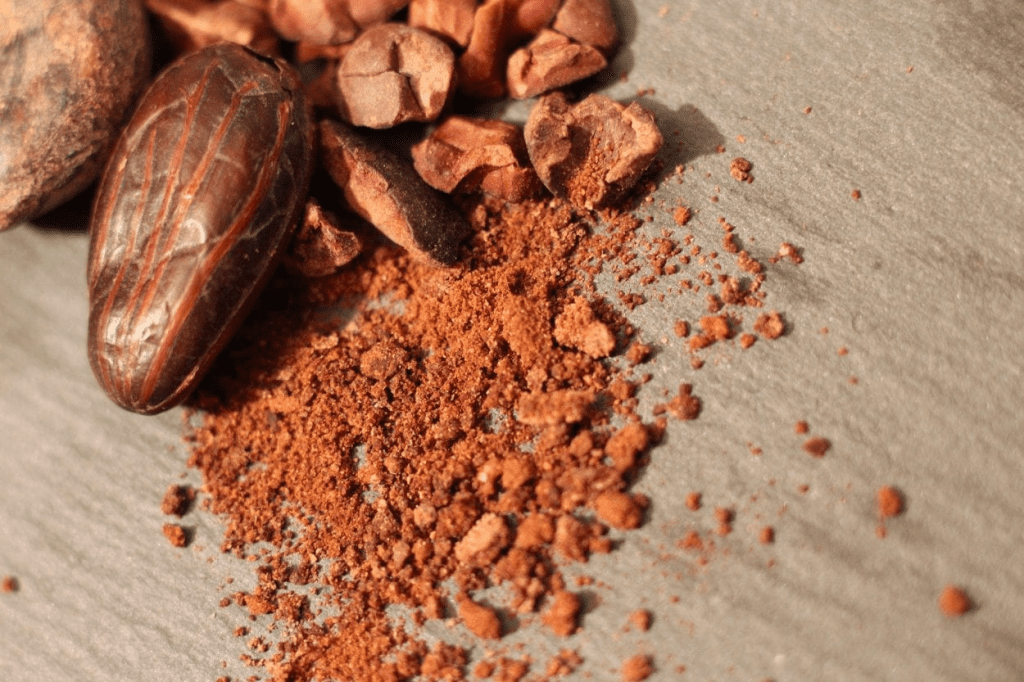Before chocolate became the sweet indulgence we all know and love today, it held a far greater role in human history especially in the heart of ancient Mesoamerica. For the Maya and Aztec civilizations, cacao wasn’t just food it was money, status, and even a sacred gift to the gods.
Forget gold or silver. In the marketplaces of Mesoamerica, cacao beans were the currency of choice, and the rich, bitter beverage made from them xocoatl was a luxury fit only for the elite.

Cacao: More Than Just a Bean
The story of cacao goes back thousands of years. Indigenous peoples in Central America were among the first to cultivate the cacao tree, and by 1500 BCE, the Olmecs were already experimenting with cacao in ceremonial drinks. But it was the Maya who elevated cacao to a central role in their economy, rituals, and daily life.

To the Maya, cacao beans were literal money. You could use them to buy a tamale, a turkey, or even pay your taxes to the local ruler. Wealth was often measured not in gold or livestock, but in sacks of cacao. Spanish conquistadors were astonished when they arrived and witnessed this form of currency in action.
Video:
Cacao, From Currency to Chocolate: Mexico Unexplained, Episode 267
Xocoatl: The Bitter Drink of Nobility
One of the most prized uses of cacao was in the preparation of xocoatl, a foamy, unsweetened chocolate drink made by grinding roasted cacao beans and mixing them with water, spices like chili or vanilla, and sometimes cornmeal.
This was no sugary treat. Xocoatl was bitter, invigorating, and sacred. It was reserved for Maya nobility, warriors, and priests those with status and power. Commoners weren’t allowed to drink it, and cacao itself was often used in religious ceremonies as offerings to deities.
The drink was believed to give strength, clarity, and energy making it especially prized by warriors before battle. Some legends even describe cacao as the “food of the gods,” and it’s no coincidence that the scientific name for the cacao tree is Theobroma cacao, which literally means “god food” in Greek.

Cacao as Tribute and Tax
In the Maya world, tribute to the king or regional rulers often came not in the form of coinage, but cacao. Farmers, merchants, and conquered towns were required to pay taxes using cacao beans. It was portable, valuable, and universally recognized across different city-states.
Video:
Cacao:
The history of chocolate – Deanna Pucciarelli
Even the Aztecs, who came after the Maya and were located further north in central Mexico, adopted this practice. In fact, historical accounts show that Aztec emperors kept large storehouses filled with cacao—treating it much like national treasure.
When Europeans Discovered the Power of the Bean
When Spanish explorers arrived in the early 1500s, they were stunned to see people using cacao as money. Hernán Cortés noted how Aztec markets ran on cacao transactions, with fixed values for different goods. He also recorded how xocoatl was consumed by Emperor Moctezuma before visits to his harem believed to be an aphrodisiac and a source of energy.
Europeans quickly caught on, and while cacao eventually became a sweetened luxury product back home, its original meaning as currency and sacred drink faded.

Legacy of the Sacred Bean
Though we now consume chocolate in candy bars and hot cocoa, the legacy of cacao as a symbol of wealth, power, and spiritual meaning is still etched into Mesoamerican culture. Many modern celebrations in Central America still honor cacao’s cultural roots, and archaeologists continue to discover ancient cacao vessels buried in temples and tombs.
Today, chocolate is a global industry worth billions but few know that its humble origins began in the jungles of Mesoamerica, where a single bean could buy your dinner and a drink of chocolate marked you as noble.
So next time you enjoy a piece of chocolate, remember it was once money, medicine, and a royal gift from the gods.


